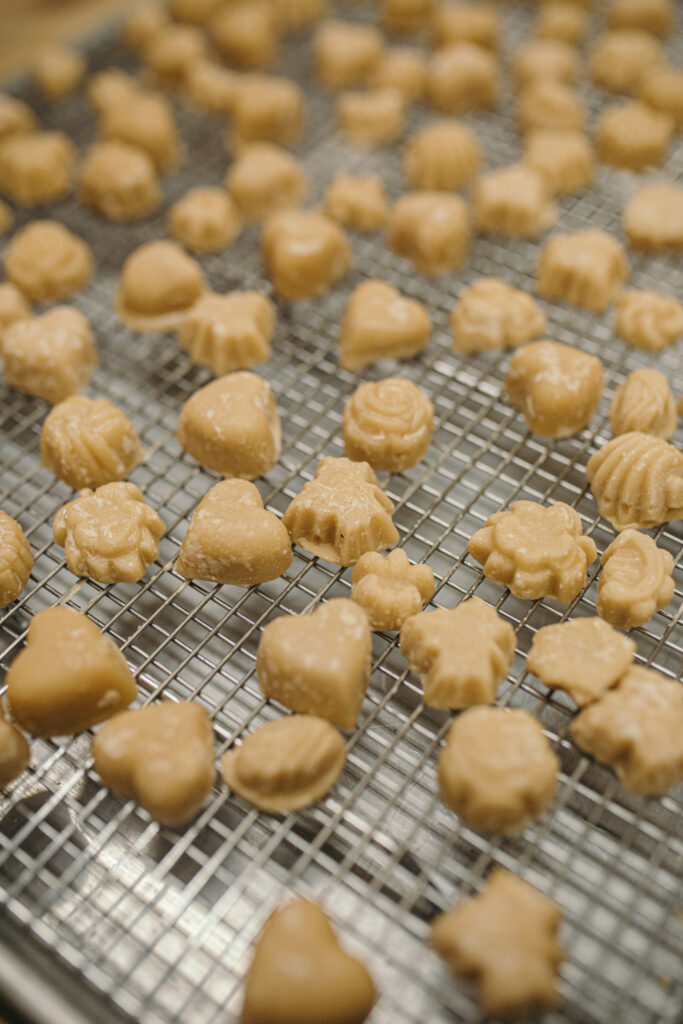Late winter is a time when you might notice metal buckets on trees and smoke billowing from rural sugarhouses — sure signs that sugaring season has returned to Connecticut.
The Maple Syrup Producers Association of Connecticut holds an annual celebration of sugaring season with Maple Weekend, which occurs this year on March 18th and 19th. There are 19 farms and sugarhouses participating in the occasion as well as three festivals taking place across the state.
Maple Weekend gives you a chance to tour a sugarhouse, sample a variety of maple products, and learn more about how maple syrup is produced in Connecticut.
Connecticut maple syrup

There are almost 200 farms producing more than 17,000 gallons of syrup a year in Connecticut, according to the USDA’s latest data. Connecticut ranks 10th among all maple producing states, and sugaring is generally not a full-time profession here. Many CT Grown farmers produce maple syrup to make the best use of their land and to supplement their income during the winter.
Connecticut maple syrup can be readily found at farmers’ markets, retail stores, and other local venues, including some grocery stores. Many of Connecticut’s sugarhouses are open to the public during the late winter, inviting people to learn more about how maple sap is converted to syrup and to purchase the maple products available for sale.
The maple syrup production process is accessible enough for hobbyists to try it on their own. The Maple Syrup Producers Association of Connecticut includes not only farms and sugarhouses, but also individuals and community organizations. With the purchase of some affordable equipment, anyone can tap maple trees on their property and try their hand at the sugaring process.
Choosing the right maple syrup color
Maple syrup used to come in separate grades, but this system was changed in 2015 to keep consumers from mistakenly believing that Grade A syrup was of higher quality than the darker B and C grades. While all syrup is now listed as Grade A, it still comes in four distinct colors: Golden, Amber, Dark, and Very Dark.

Lighter syrups come from earlier in the sugaring season and have a milder flavor. This makes them ideal for pairing with traditional breakfast foods like pancakes and waffles, pouring on ice cream, or adding flavor to beverages like coffee or cocktails.
Darker syrups indicate that the sap was collected later in the season and has a more robust and intense flavor. These varieties are best used for cooking, baking, or creating glazes.
More than just syrup

Maple syrup is the primary product created from maple sap, but there are numerous other items maple producers put out each harvest season. Some of the most popular are granulated maple sugar, maple cream, and maple candy, a simple mixture of syrup and butter which is then molded into a variety of shapes.
Maple producers also frequently partner with other farmers in Connecticut to create tasty and unique CT Grown foods. These include maple-flavored milk, yogurt, and jams and jellies.
When is sugaring season in Connecticut?
Sugaring season traditionally takes place from early February through late March. This time of year tends to include a mixture of warmer days and freezing nights, and this freeze-thaw cycle is just what is needed to get the sap flowing in maple trees.

Producers make advance preparations for the sugaring season, such as deciding which maple trees to tap and collecting firewood for the sugarhouse, but the season itself only lasts about six to eight weeks. Trees are tapped using metal spouts called spiles, which allow sap to flow into covered metal buckets or through tubing to a holding tank.
After sap is collected, it is boiled to evaporate the water and increase the sugar content. The syrup is then filtered, graded, and bottled.
It’s the perfect time to pick up CT Grown maple syrup, so check out what’s at your local store or farmers’ market and mark your calendar for Maple Weekend!